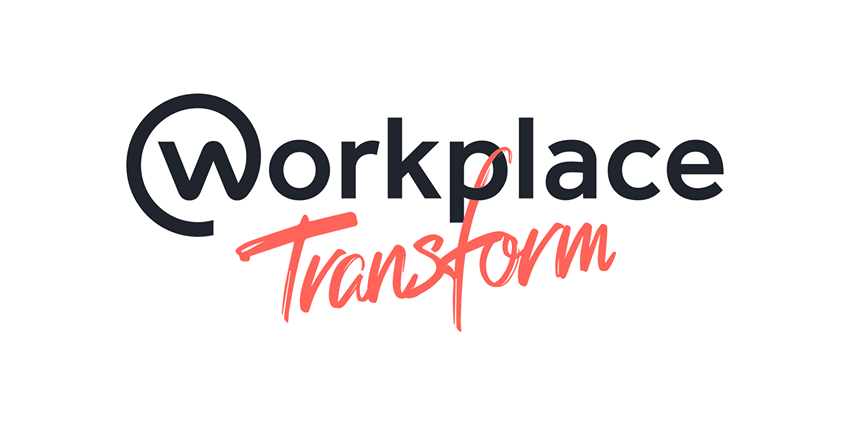Last week was Workplace Transform for the EMEA region, Workplace from Facebook’s annual community conference. This year, held online, opening remarks kicked off with Workplace from Facebook’s CIO, Atish Bandeja, providing the company’s latest figures. The workplace collaboration app, powered by Facebook technology has five million users, a figure first reported in May 2020.
Acknowledging the difficulty of the status quo, Workplace from Facebook VP, Julien Codorniou, said there’s still a lot of opportunities for companies to succeed in the current enterprise climate, notwithstanding the hardships many have faced. “It has never been more critical to communicate, and doing so at scale is key.”

This is true, especially as 50 percent of the U.S. workforce now work from home, according to recent reporting from Vice News. Pre pandemic, this number stood at 15 percent, according to the same Vice News report. COVID-19’s not only created physical distance, according to Codorniou, which in turn led to a demand in need for more two way communication but a need for more mobile tools, automation, also arose. Not just for knowledge workers – he added.
Ujjwal Singh, Head of Product, Workplace from Facebook, recently joined the company and took the stage given to outline the company’s roadmap for the future with its new focus on remote presence. “While it is interesting to talk about the future of work, we’re doing a lot to enable the future of work today.”
“700 million users made video calls on WhatsApp and Messenger, this behavior is here to stay, this is why Facebook’s pivoting hard to focus on the future of video”
He continued, stating, Workplace from Facebook has already done a lot on that front, hoping to enhance the video chat experience by increasing user limits from four to nine on all our platforms. Workplace also added live video to Instagram, and desktops for the first time. Workplace Rooms, launched across the entire Facebook portfolio in beta, back in June and allows up to 50 internal as well as external users. Workplace even rolled more many other useful features such as augmented and virtual reality for training purposes via Oculus VR, too. This gave Workplace a significant advantage in the video market, prompting some to say ‘Workplace’ wanted to take on Zoom head-to-head.

“For everyday meetings from two to twenty-five people, we want to make it easier for them to share content before, during, and after meetings. For larger meetings, we’re going to invest in improving this user experience via various touchpoints.” One of the biggest things missing from the lives of those who used to work in an office pre-COVID-19, the ability to strike up casual conversations, which is why Workplace from Facebook said it will invest more resources into fostering chats that do not require everyone to be in the office together. “Over the long term, we have a once in a lifetime chance to impact the future of work for the better.”
So, overall, nothing really new to promote but Workplace took the opportunity to reinforce the measures that they have put in place since the beginning of the novel Coronavirus.







